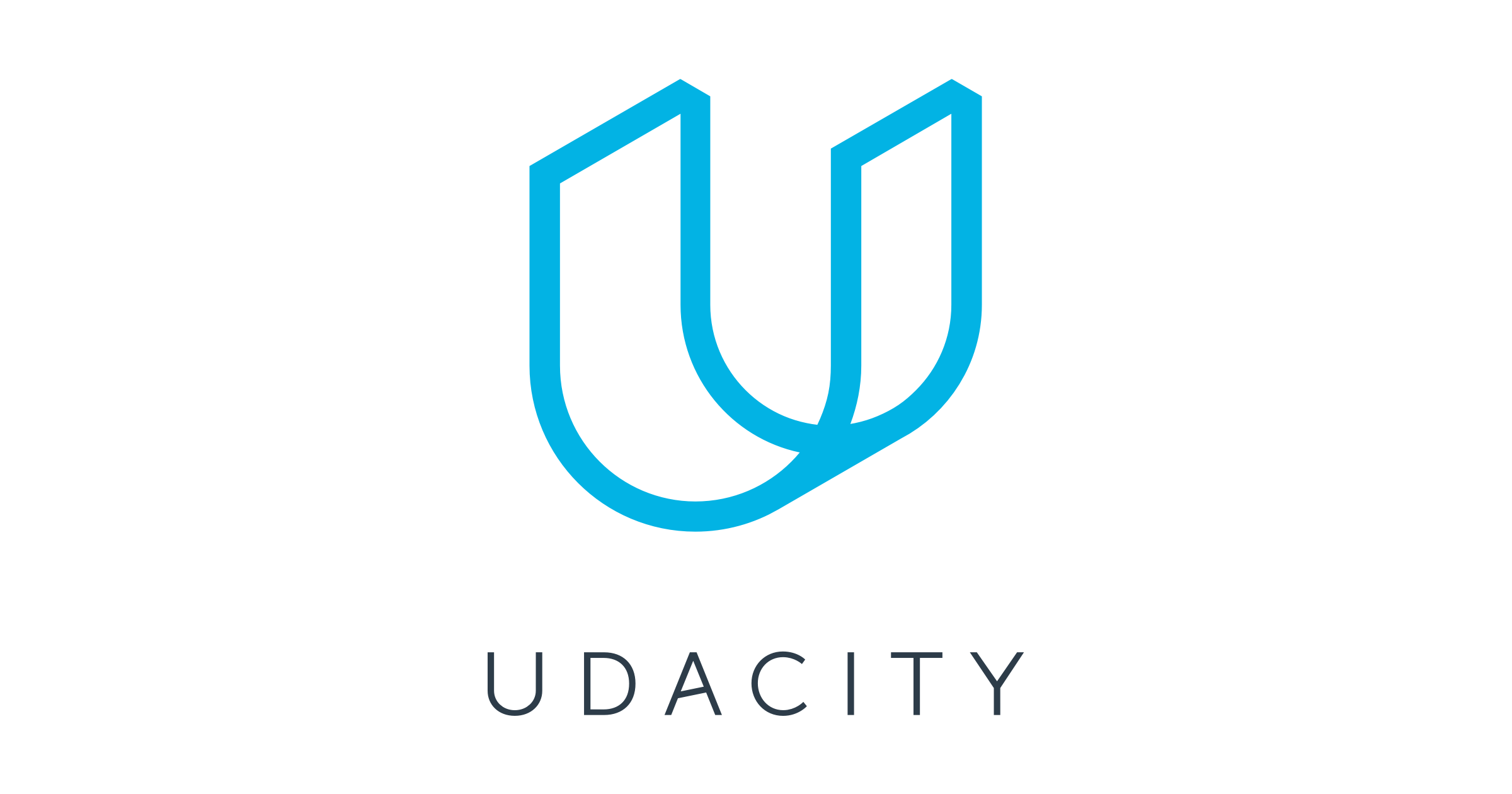Description
In this course, you will :
- Learn the tools, techniques, and concepts required to create a basic iOS app from the ground up.
- learn the Swift programming language and how to use the Apple developer tools to create an app
- Learn and apply the Swift programming language.
- Use and explain Apple developer tools such as Xcode, Interface Builder, and the Documentation Browser.
- Communicate with iOS developers with confidence, knowing the fundamentals of coding and app development.
- Create your own simple iOS apps by designing, developing, and building them.
Syllabus :
1. Starting App Development
- Explain where programming is used and especially where Swift is used;
- Explain the terminal, playgrounds;
- Use Xcode to build an App for iOS; and
- Use and explain variables and data types.
2. Control Flow and Advanced Variables and Data Types
- Make decisions within your programs using if-then-else statements;
- Use the different logical operators NOT, AND and OR to verify the truth of something;
- Use the switch statement to control what is executed next; and
- Use arrays and dictionaries to store data.
3. Xcode and Interface Builder
- Navigate through Xcode projects;
- Use the following areas of Xcode: project navigator, the debug area, the assistant and version editors; and
- Use interface builder to build interfaces and be able to preview interfaces outside of a running App.
4. Functions, Classes and Structures
- Understand the benefits of abstraction when writing code;
- Create functions, classes and structures to improve program quality;
- Use classes and structures to create custom datatypes;
- Understand relationships and inheritance between classes.
5. Introduction to User Interface Development
- Build Apps using common user interface views and controls;
- Use Interface Builder to configure common user interface views and controls;
- Connect Swift code to common user interface controls;
- Use AutoLayout to ensure Apps adapt to different devices.
6. View Controllers and Navigation
- Develop Apps with multiple scenes;
- Use tab bar controllers to move between scenes within Apps;
- Create and utilise event handlers on view controllers;
- Design an appropriate navigation hierarchy for your app.
7. Introduction to TableViews
- Use the Model View Controller design pattern for App development;
- Use a ScrollView to control content display;
- Use tables to display data within your App;
- Respond to user input within a table.









